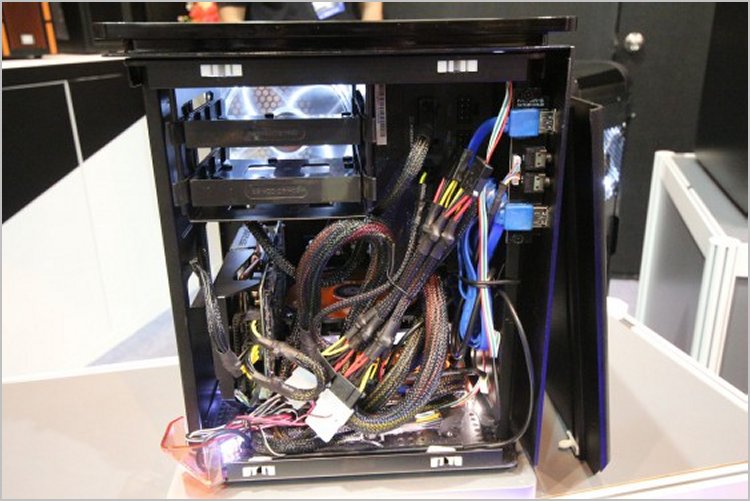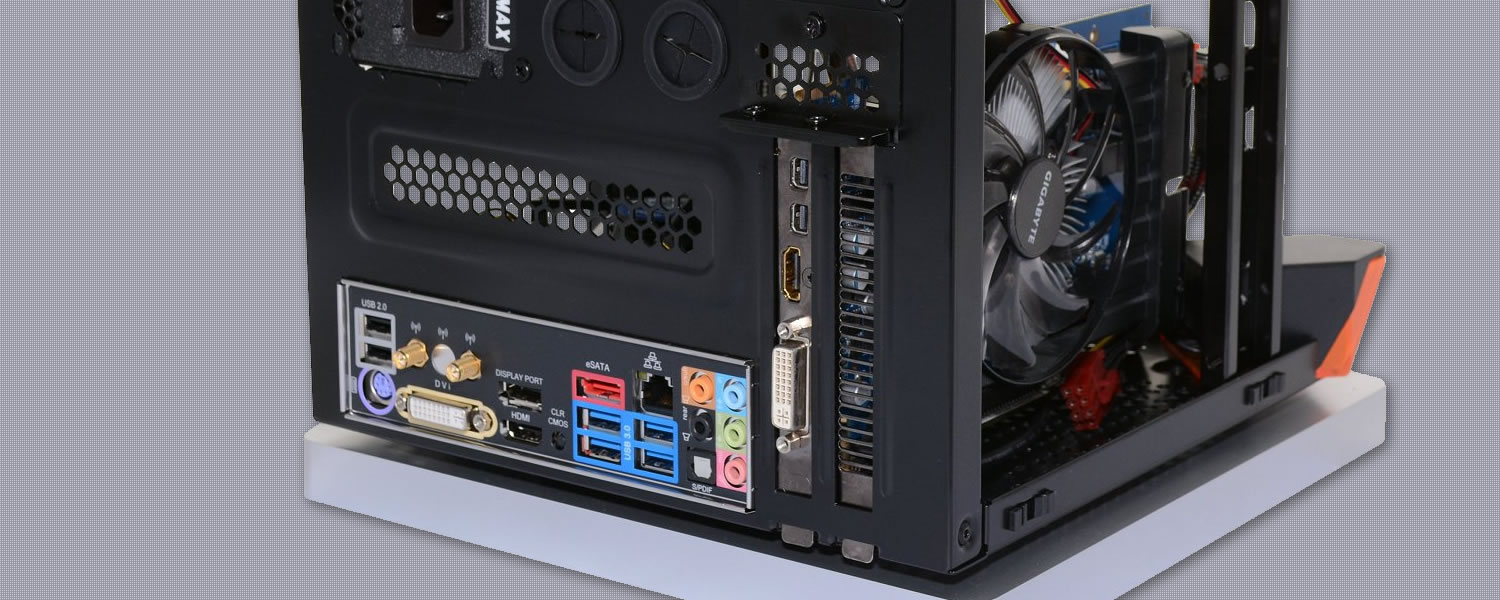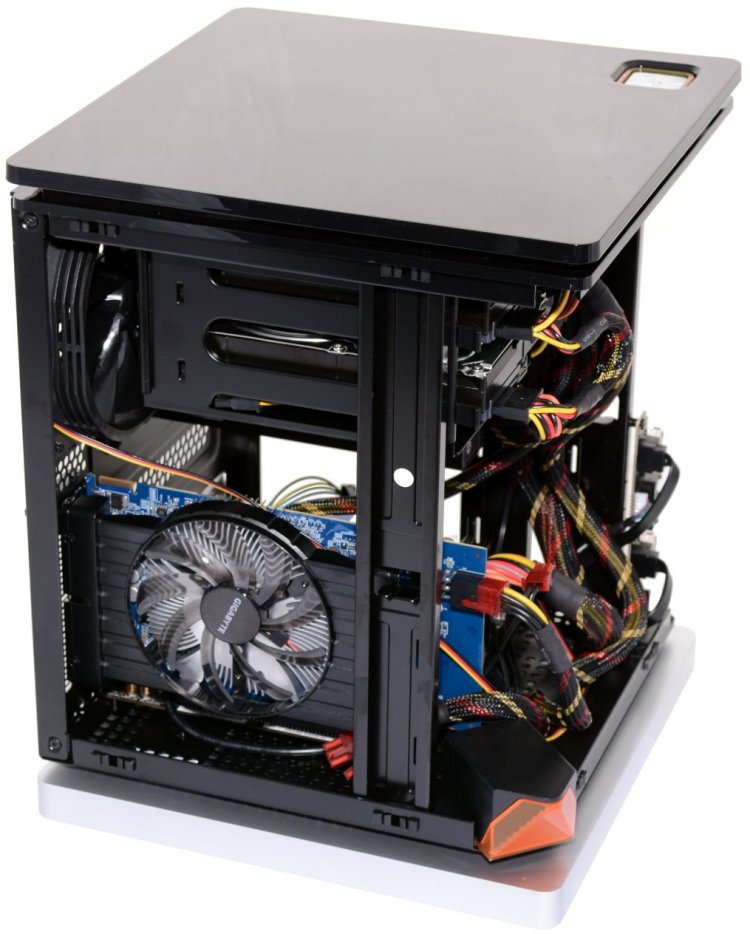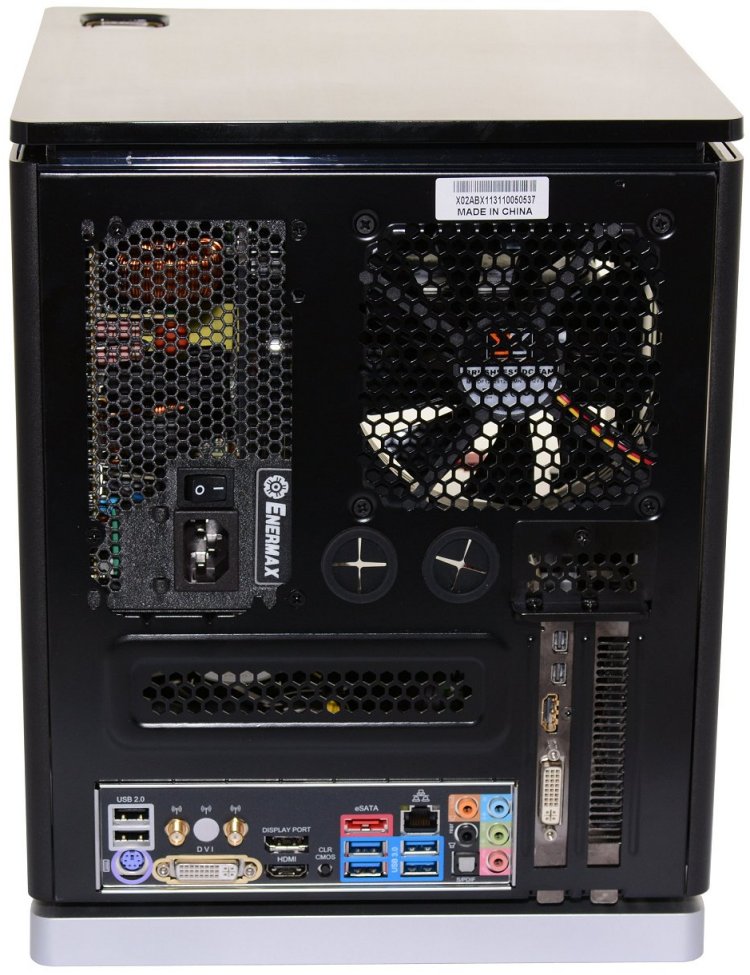Installation Impressions
The Nebula isn't the easiest case to work with. We installed the Mini-ITX motherboard first and this was a little different because the top panel can't be removed. You have to slide the motherboard through the front, which made it trickier to get the I/O panel in place.
The next challenge was screwing the board into place. This is usually simple but it's more challenging with the Nebula because its top panel can't be removed. The screwdriver we typically use was too long and my Bosch drill didn't fit. I had to take a trip out to the shed to find a screwdriver that worked.
With the motherboard, CPU/cooler and memory installed, we attached the front panel connectivity, lights and power button. This went well.
Despite having over 30 graphics cards to choose from, finding a decent GPU that would fit inside the Nebula took some time. We really wanted to go for the GeForce GTX 760 but every card we had measured over 200mm and being dual-slot cards they couldn't be more than 175mm long. In the end, we found an old Radeon HD 7770 that fit nicely – hardly a powerful solution but a solution nonetheless.

A modular power supply is a must. Xigmatek originally showed off a prototype at Computex 2013 and they used what looked like a non-modular power supply. The results weren't pretty.
We went with the modular Enermax Platimax 750W but even that was a difficult fit. Like the motherboard, the power supply must also enter through the front and the Platimax unit we used didn't fit easily between the 3.5" drive bay and the support bracket for the right case door. Violence was necessary.
It wasn't easy to achieve a neat install and without modifying the power supply to create shorter cables it's not really possible. In short the Xigmatek Nebula fails miserably when it comes to cable management, but then does it really matter without any case windows?
Thankfully, the 3.5" and 2.5" drives slotted into place easily without tools. With everything connected, we were left with that enormous empty cavity in the middle that we mentioned earlier.
The Nebula's installation process is pretty crude and its user manual is even worse: a single piece of A3 paper with some instructions printed on just one side. The manual doesn't really help with anything useful and it would be wishful thinking to even call this a quickstart guide. We found ourselves winging it for the most part and for such an unusual case we expected better directions.








